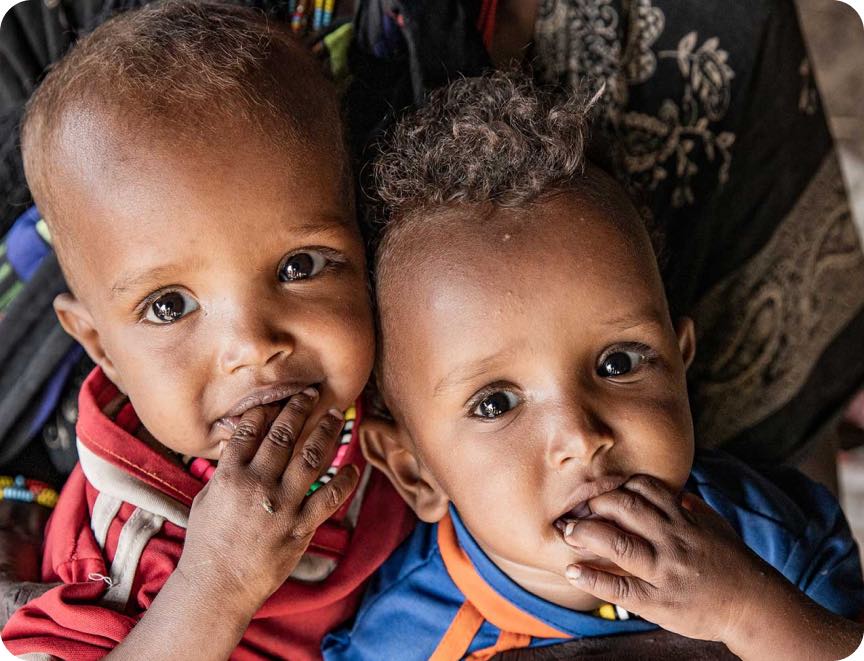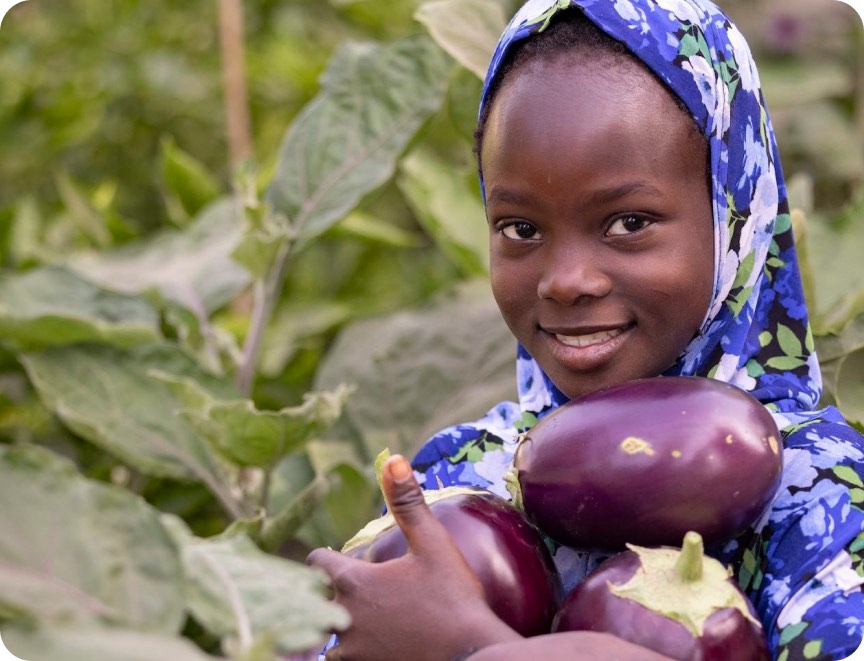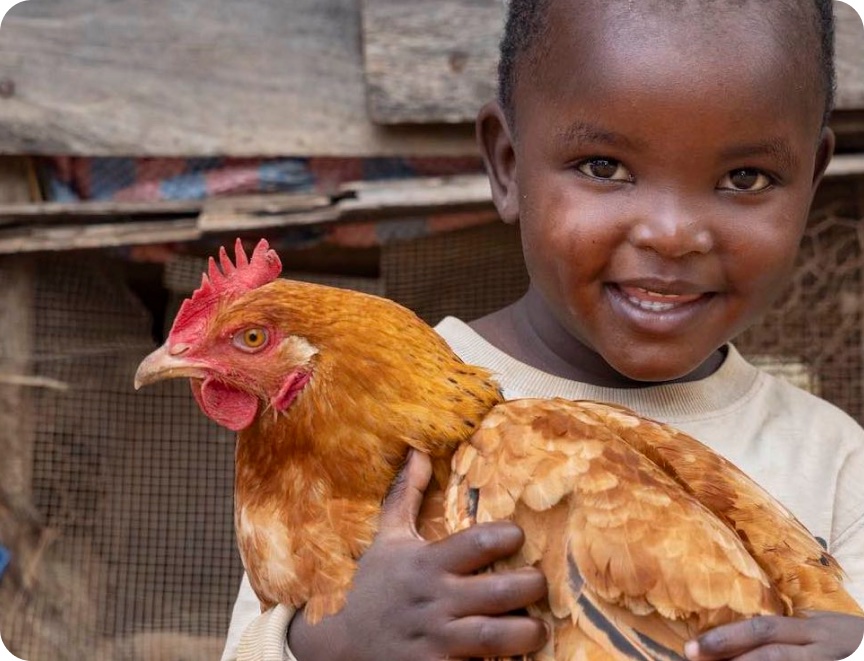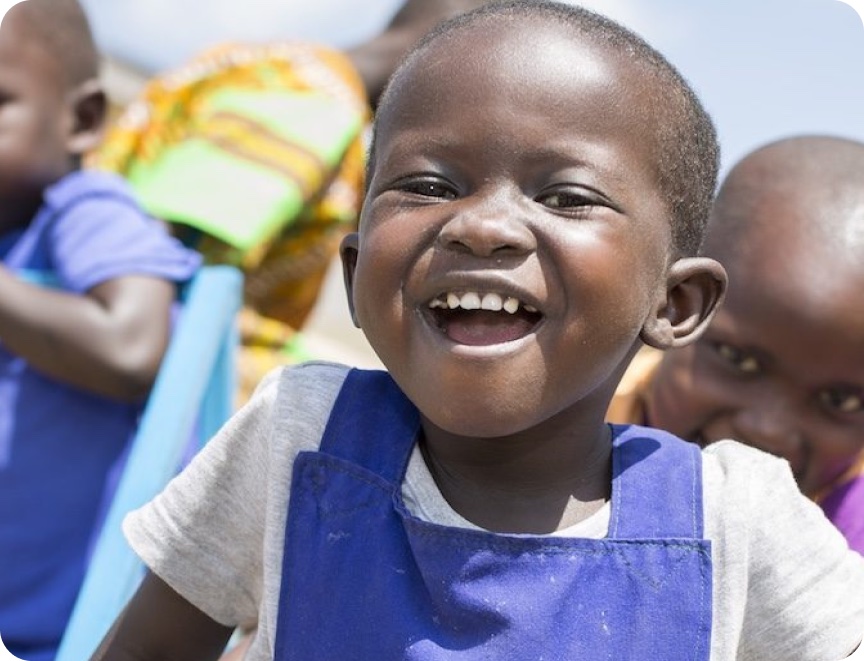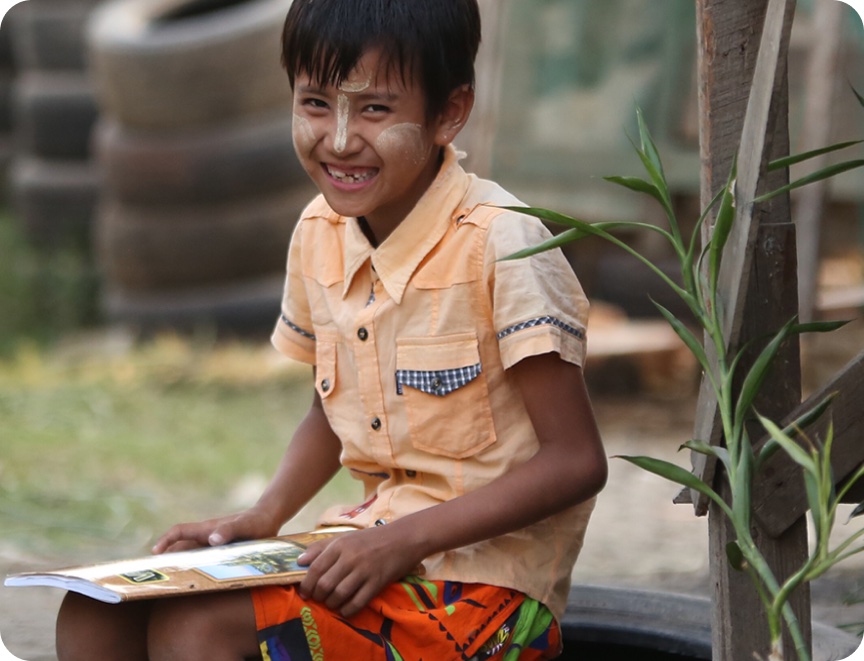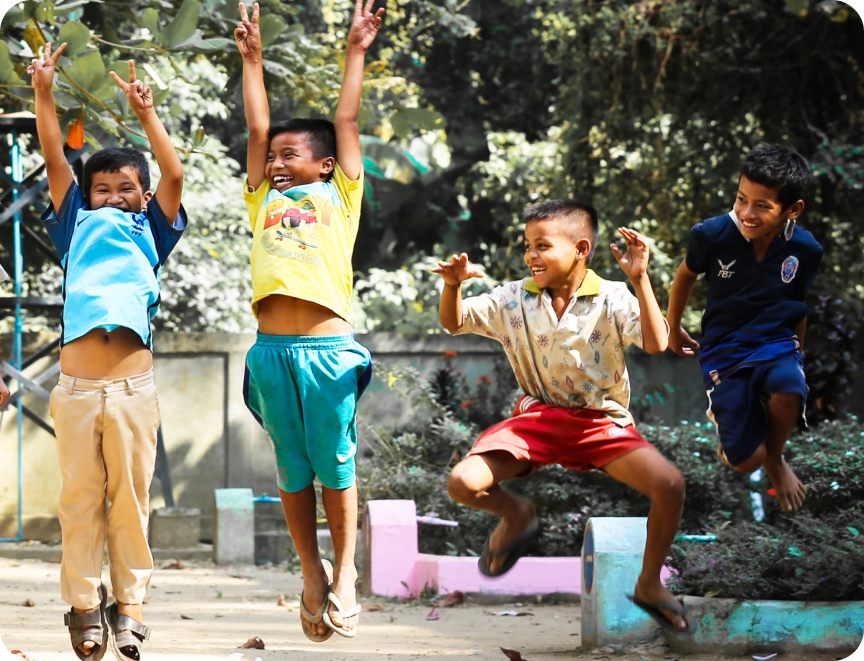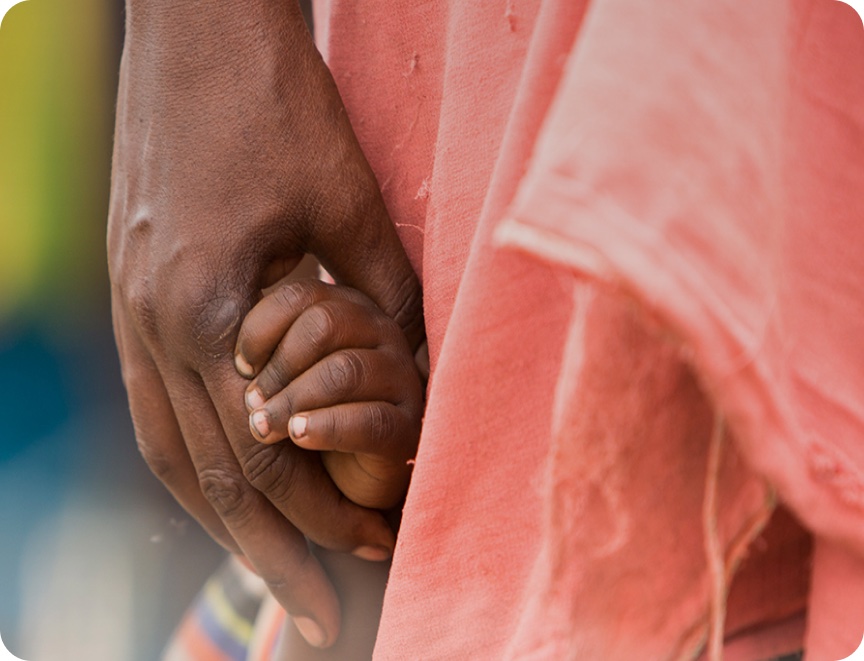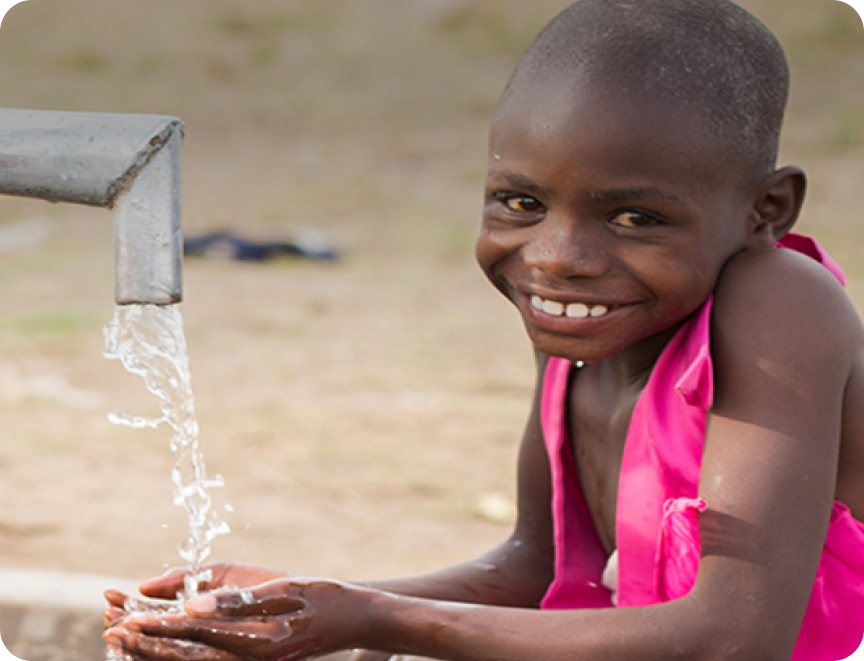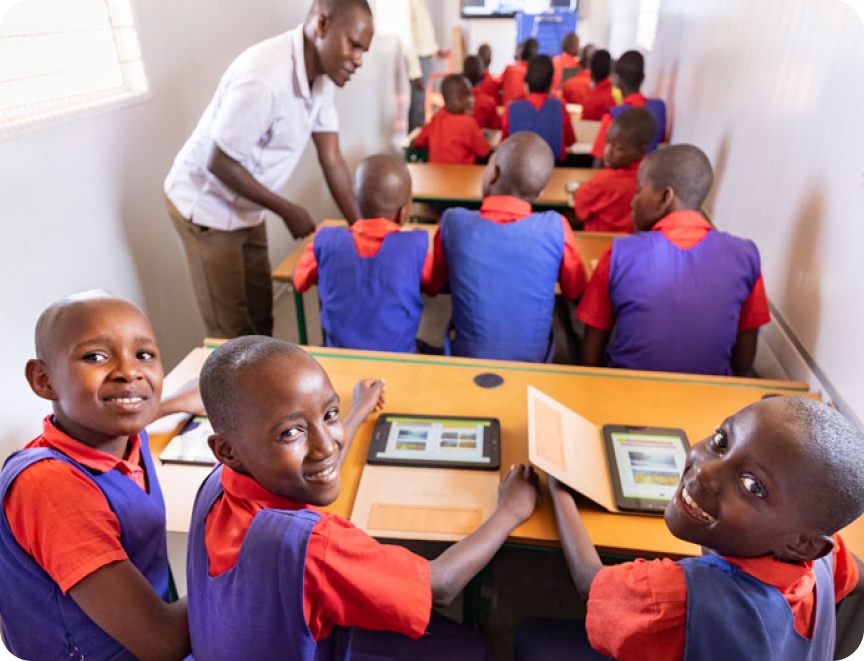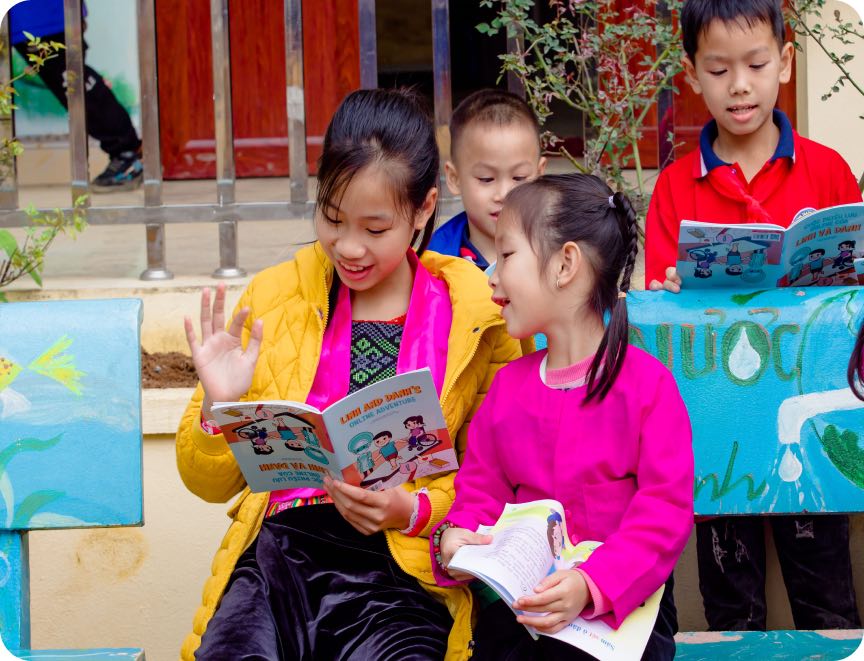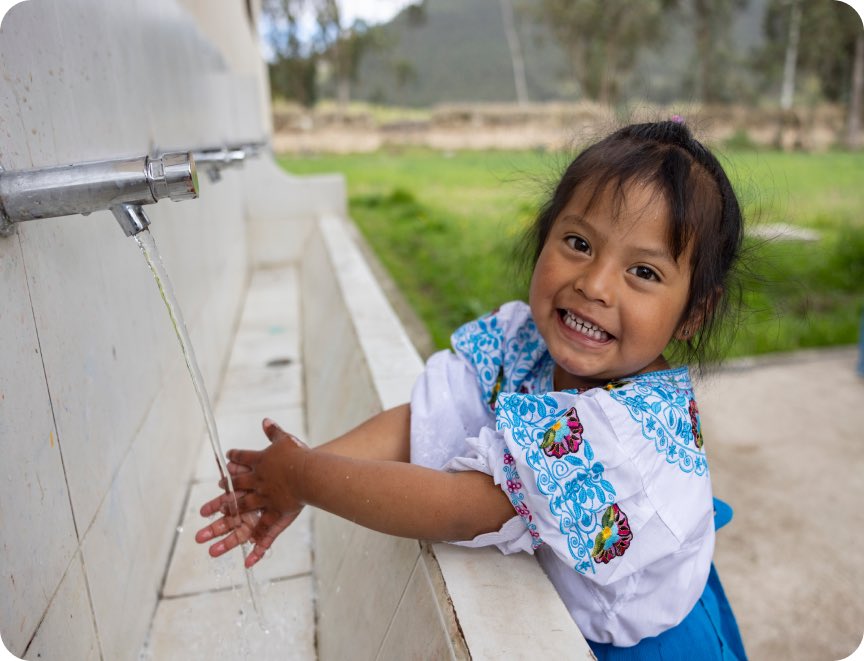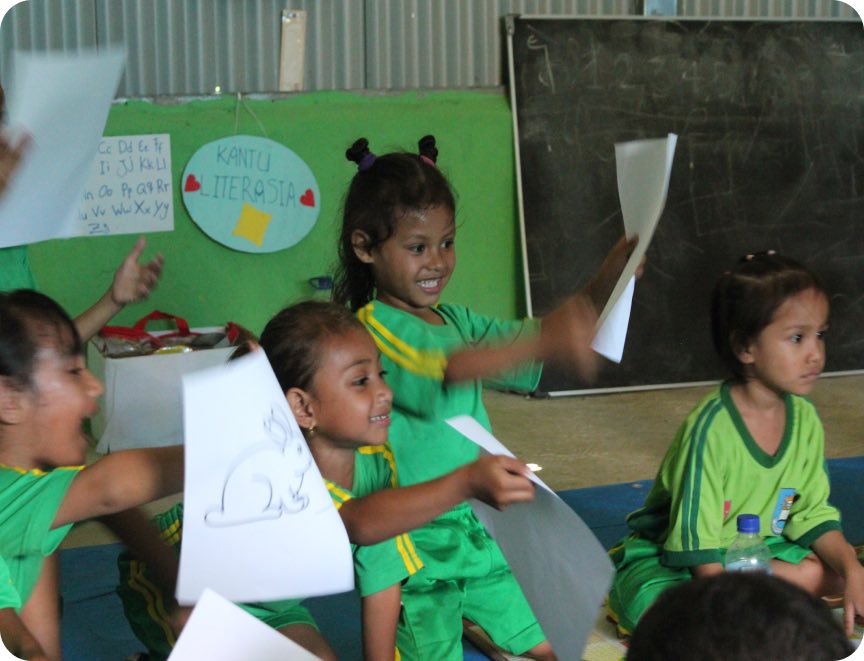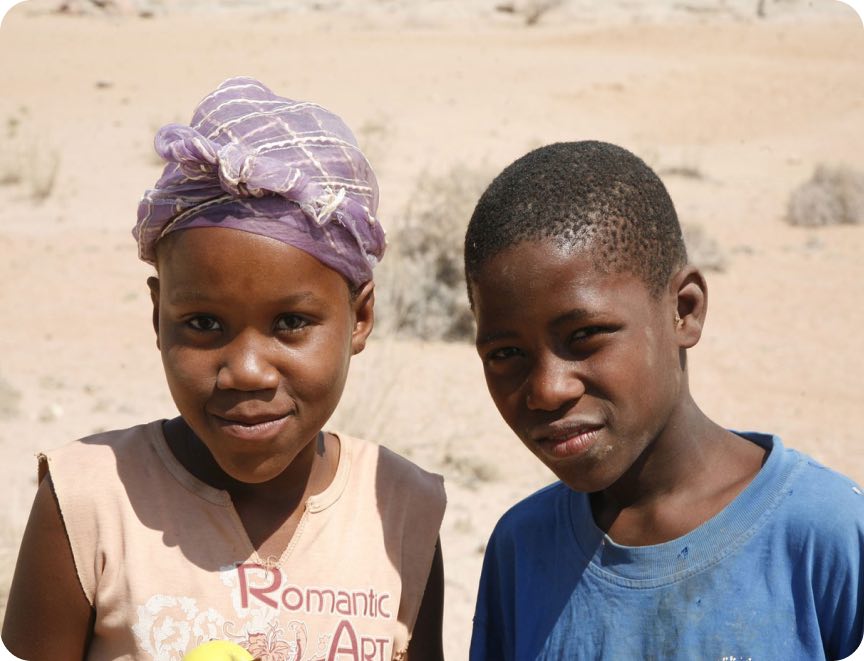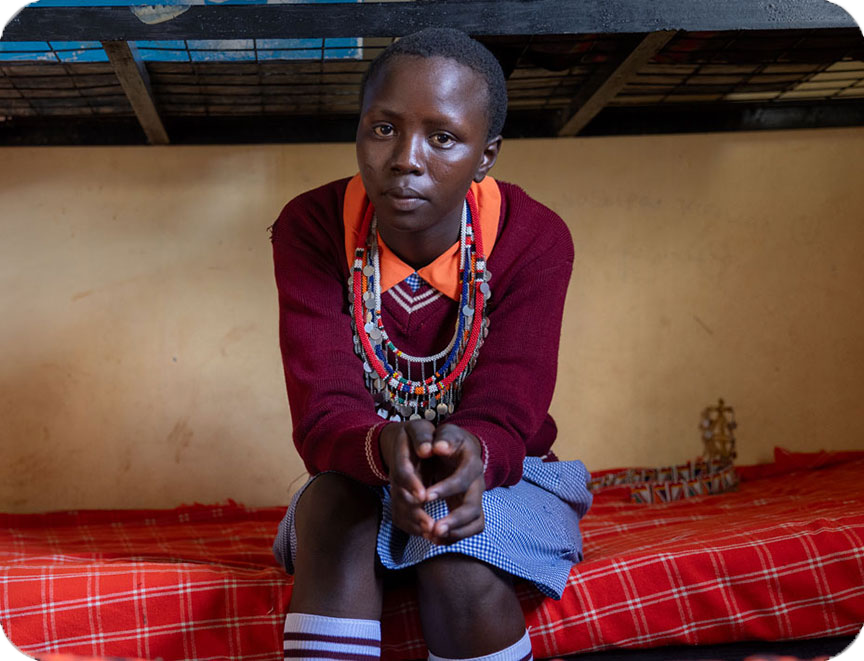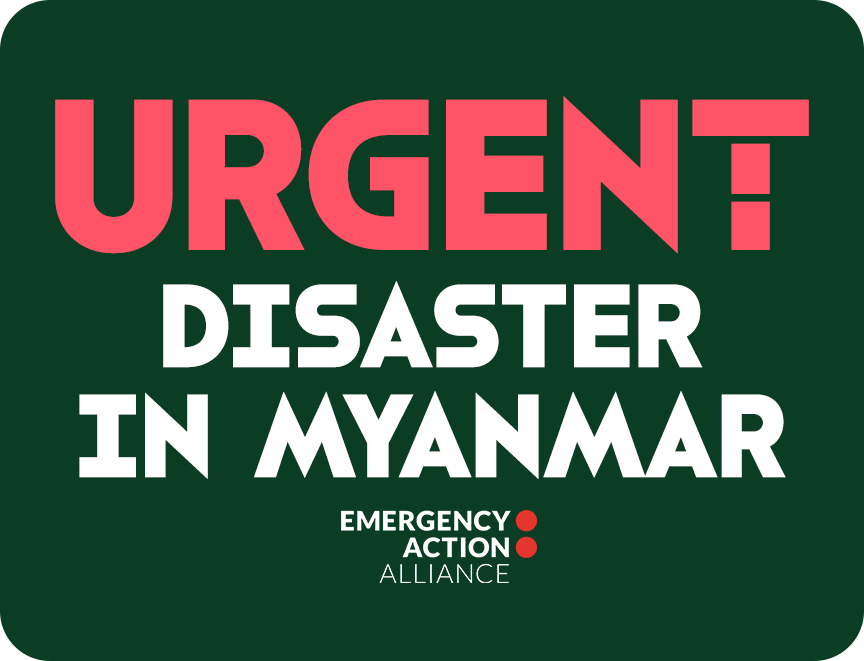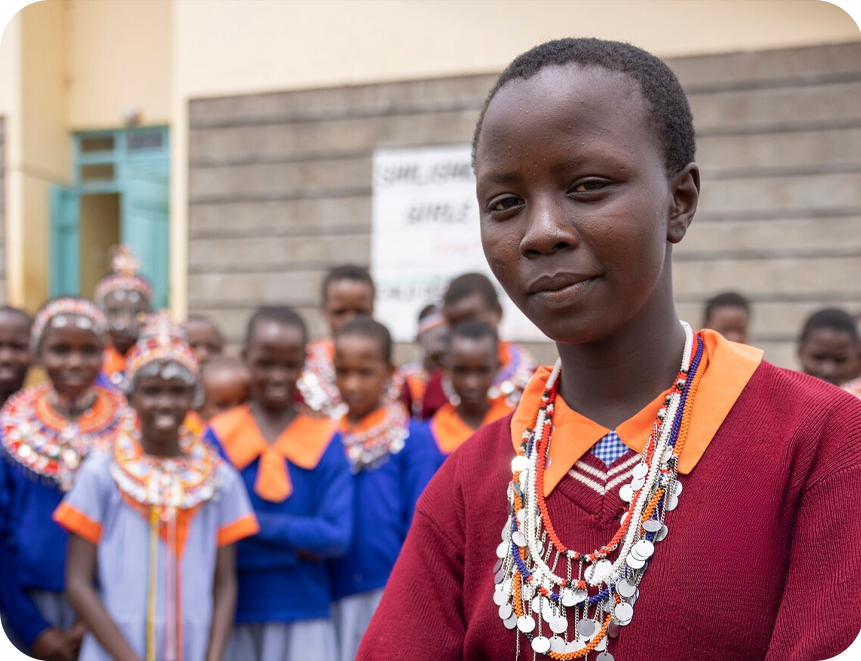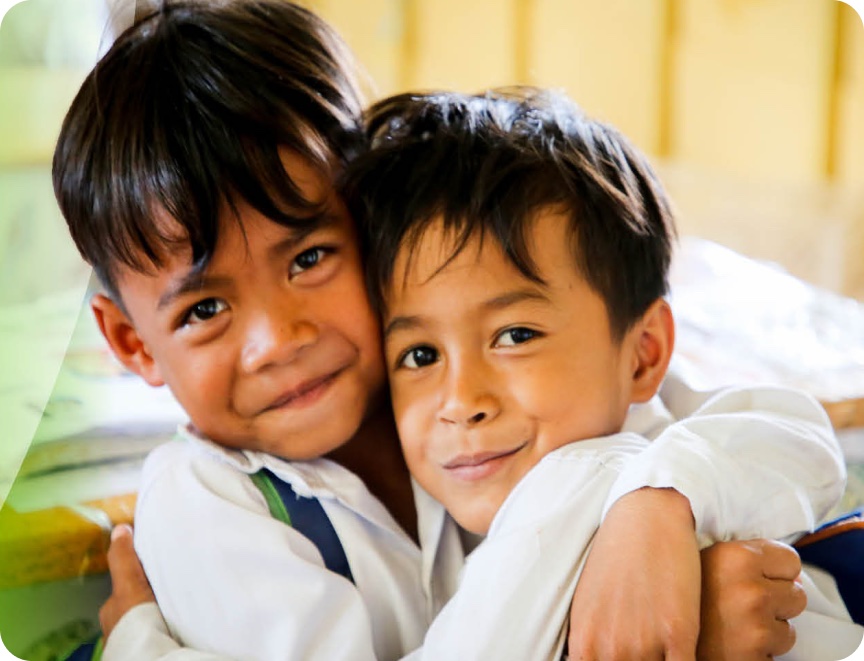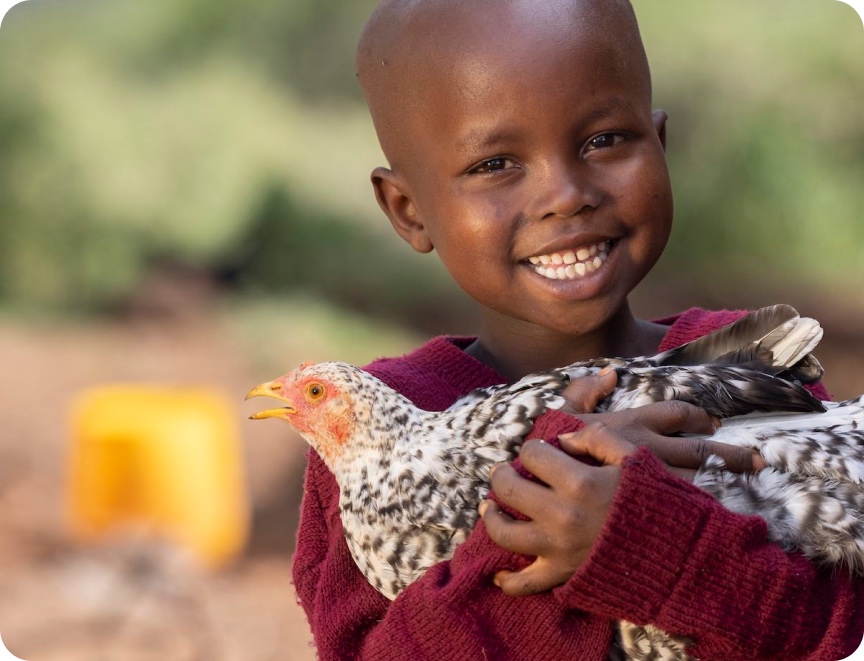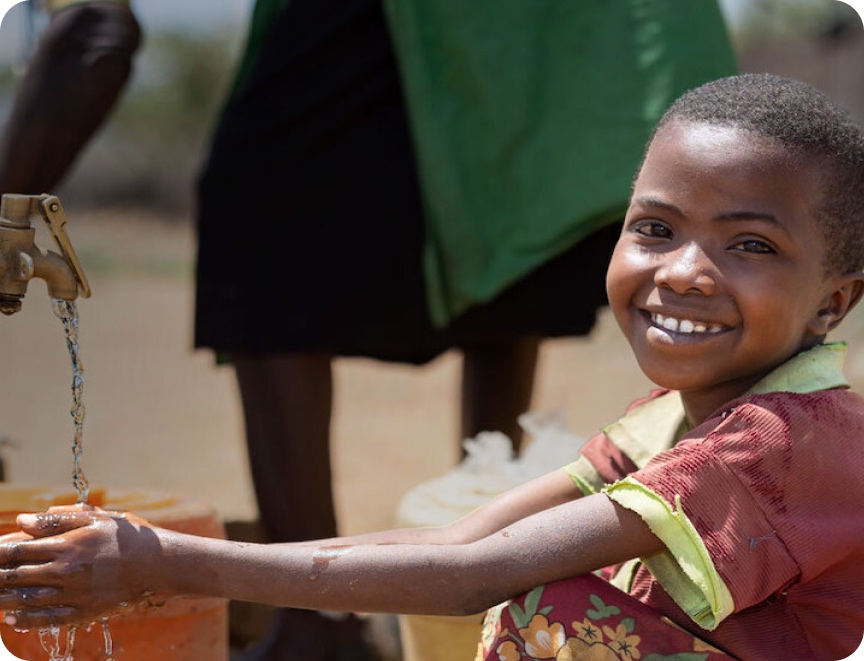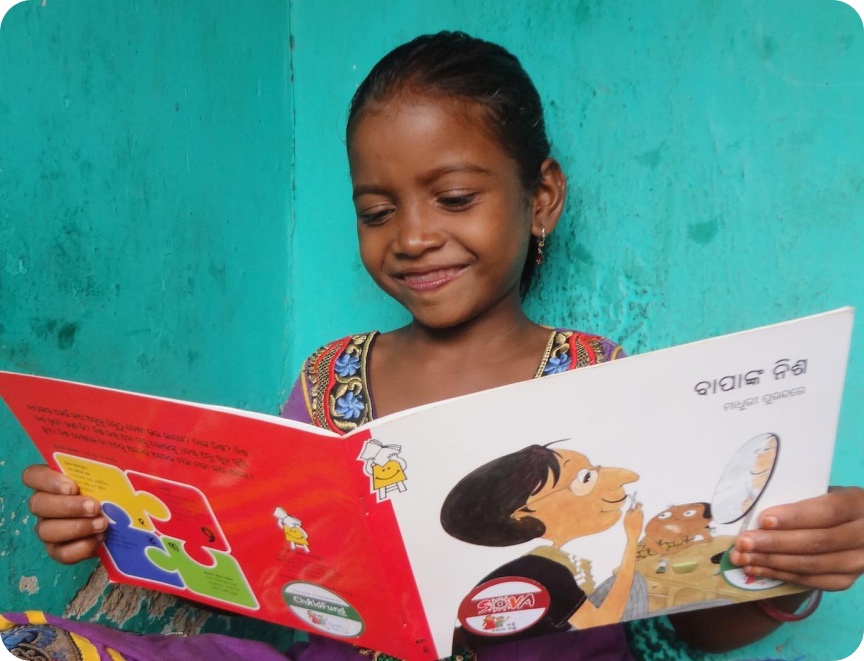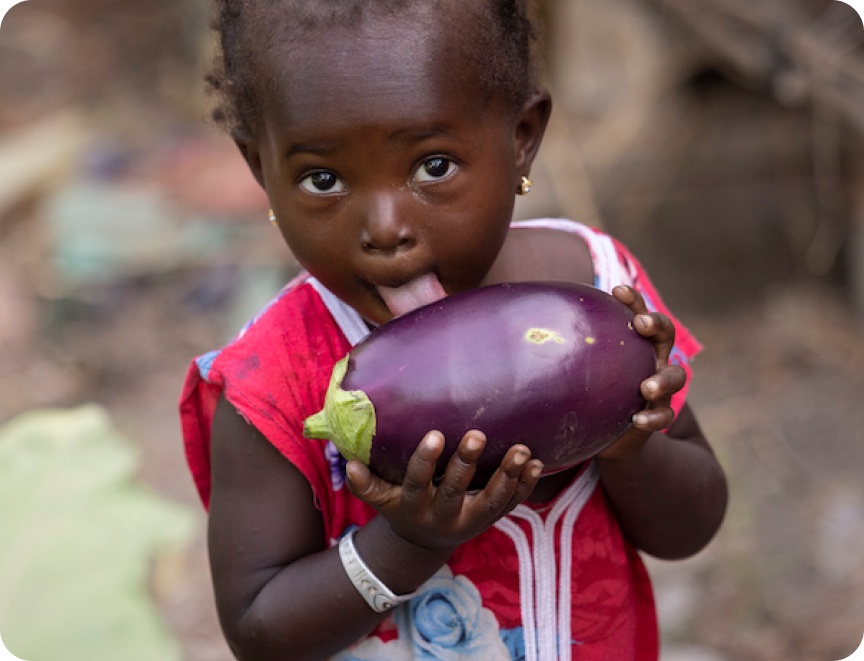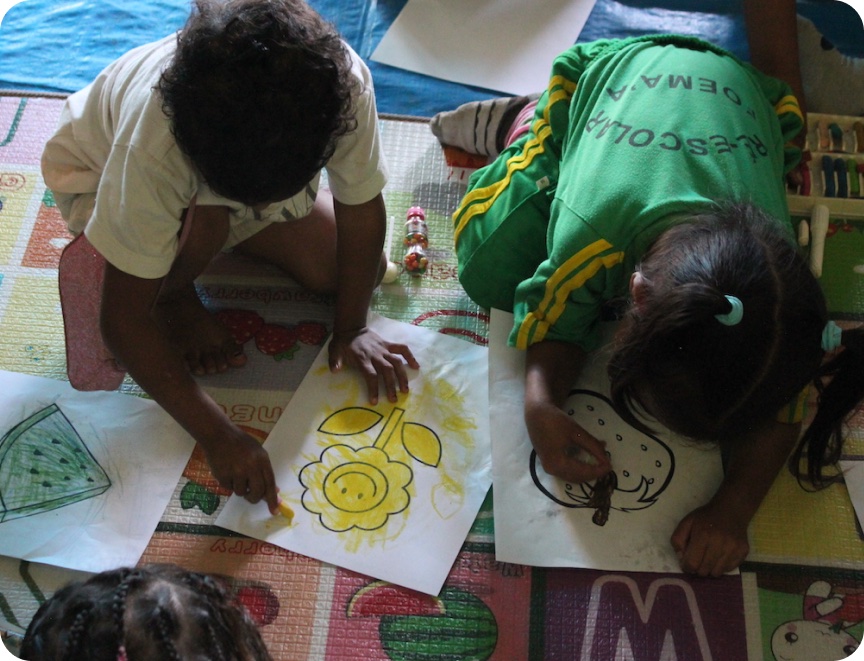Sydney, Australia, 29 January 2016: A severe shortfall in aid funding is putting thousands of children at risk as Ethiopia deals with its worst drought emergency in decades.
Following two consecutive seasons of failed rains, the Ethiopian government declared in December 2015 that 10.2 million people would require immediate humanitarian assistance in 2016[1]. This includes 435,000 children suffering from Severe Acute Malnutrition and 1 million children with Moderate Acute Malnutrition.
Two million people are without safe drinking water, heightening the risk of disease outbreak.
In the South Nation Nationality People (SNNP) and Oromia regions, the drought is affecting 300,000 people across ChildFund Ethiopia’s program areas, around a third of whom are considered most vulnerable – children under five, pregnant and lactating women, and the elderly.
“Scarcity of water is challenging health, education and livelihoods in most of our operational areas,” said ChildFund Ethiopia’s national director Chege Ngugi.
“Farmers cannot plant vegetables for household consumption due to the lack of water, nor is there sufficient water for drinking. Pastoralists are forced to wander from place to place with their livestock looking for water and pasture. Children are being taken out of school to go in search of water,” he added.
For the past three months, ChildFund Ethiopia has been working with the government and local partners to support 74,000 most vulnerable children and family members in seven districts, providing emergency relief in the form of supplementary food – sacks of Famix, a high-protein, ready-to-eat mix of whole roasted corn and soy flour – and edible oil. ChildFund’s local partners are also supporting the government to provide blankets, sheets and mattresses to help health centres handle the growing demand as more and more children need treatment.
With the drought and resulting food shortage expected to continue well into 2016, USD $21 million (approx. AUD $30 million) is now urgently needed to provide a six-month supply of emergency food rations for 300,000 people in eight districts where ChildFund works, covering the purchase of grain, pulses and oil, as well as transport costs. Out of this, USD $5 million (approx. AUD $7 million) will provide supplementary food for the 100,000 people who are most vulnerable, with a particular focus on preventing and treating malnutrition in young children.
ChildFund Australia CEO Nigel Spence said: “ChildFund has worked in Ethiopia for more than 40 years and is deeply committed to continuing progress for children’s wellbeing and development.
“In recent years, the Ethiopian government has worked hard to build the nation’s economy and infrastructure. We must provide help now, so that Ethiopia can continue this progress in the future, and children in this developing nation can have the best possible start in life.”
[1] Government of Ethiopia and Humanitarian Partners, ‘Humanitarian Requirements Document 2016’, (December 2015).
Sydney, Australia, 29 September 2015 – At least 4.5 million people in drought-stricken Ethiopia are in need of emergency food assistance as the country deals with an escalating food crisis, ChildFund Australia reported today.
Food security in the Horn of Africa is deteriorating at an alarming rate, with the situation in Ethiopia particularly concerning. Two consecutive seasons of poor rains have seen crops fail, reduced livestock production and massive numbers of livestock deaths.
The situation is expected to worsen over the next six months, with the ongoing El Niño event threatening to keep the country dry well into 2016.
ChildFund is particularly concerned about the increased number of severely malnourished children being admitted to therapeutic feeding programme (TFP) centres. Between January and June 2015, 139,783 severely malnourished children were admitted in TFP sites across the country mainly in Afar, Amhara, Oromia, South Nation Nationality People (SNNP), Somali and Tigray regions.
In the SNNP and Oromia regions, where ChildFund works, staff report the drought has affected more than 211,000 people across ChildFund’s program areas, including 74,000 children under five, pregnant and lactating mothers, and elderly people.
ChildFund is working with the Ethiopian government and local partner organisations to respond to this unfolding emergency. As an immediate life-saving step, ChildFund will deliver emergency food rations and supplementary food to affected households, with a particular focus on malnourished children and pregnant and breastfeeding mothers. Efforts are also under way in pastoralist areas to provide support for animal health, feeding and water.
USD$3.5 million (AUD $5m) is urgently needed to provide a three-month supply of emergency food rations for children and families in ChildFund’s program areas, covering the purchase of grain, pulses and oil, as well as transport costs. A donation of $66 can feed a family of four for three months.
ChildFund Australia CEO Nigel Spence says: “Our immediate goals are to keep child mortality in check, help children stay in school and reduce the challenges of food insecurity among critically affected households in Ethiopia. ChildFund will also invest in its ongoing programs in early childhood development, education, health, water and sanitation, child protection and economic strengthening so that the fragile developmental gains those areas have achieved are not lost.”
Temesgen’s story
Seven-year-old Temesgen’s family is feeling the shortage acutely. His mother Belaynesh, a day labourer, says life is extremely harsh at this time. Usually, the family cultivates vegetables and false banana for their daily needs but this year, due to the drought, they were unable to plant crops and are now struggling to purchase the food they need, exacerbated by the increase in food prices and decline in household incomes.
“We eat only once a day – roasted chickpeas with coffee in the morning or baked false banana once a day – because we don’t have enough money to meet our family’s needs,” says Belaynesh.
She worries about her children, especially her five-year-old daughter, who is in treatment for severe acute malnutrition, receiving care hopefully early enough to prevent some of the more concerning developmental delays that malnutrition can cause, such as stunting.
Temesgen is still in school and has support for his educational needs, but when he doesn’t have enough to eat, it is difficult to learn.
Says Temesgen: “I will be very happy if I get enough food to eat and a ball to play with.”


